An inhabited bridge is a structure that, in addition to its basic function of linking two points through physical obstacles, such as a body of water, a valley, or a road, also has residential and commercial functions. These kinds of bridges are rare in the world and for that reason they are very popular among tourists.
SEE ALSO:
- 26 Majestic Human-Made Landscapes
- 25 of the Most Surreal Landscapes on Earth
- 8 fun facts about Indonesia
1. Ponte Vecchio, Italy.
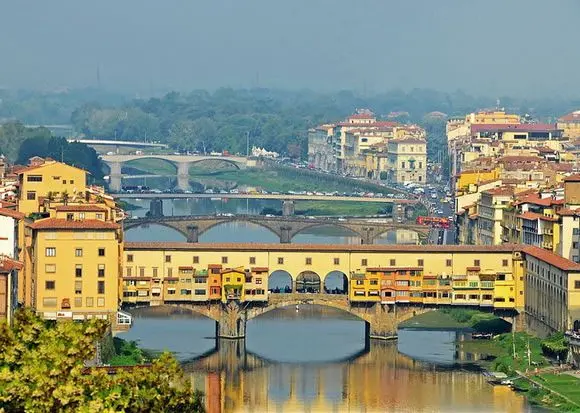
The Ponte Vecchio is the oldest bridge in Florence. It is believed that the bridge already existed on this site during Roman times. Its current appearance dates back to 1345, when it was built to replace a bridge that was destroyed by a flood. Houses were built on the bridge, a common practice in large cities in Europe during the Middle Ages.
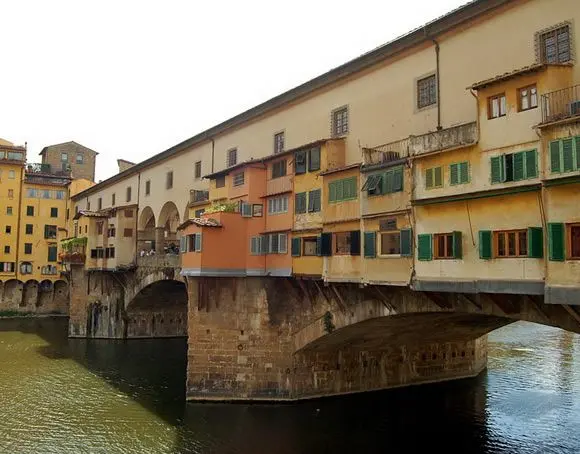
The houses on the bridge were initially used as workshops, and housed a wide range of merchants such as butchers and tanners who did business here. In 1593 Duke Ferdinand I decided to replace them with goldsmiths, apparently because the shops produced too much rubbish and caused a foul stench.
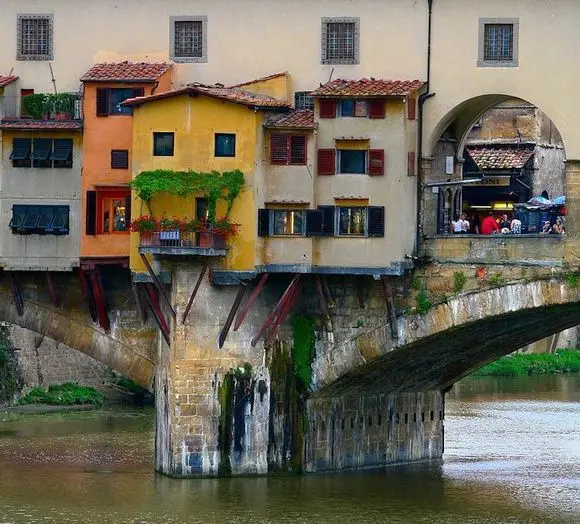
Today the houses are used as shops selling a wide variety of jewelry, ranging from affordable modern jewelry, to expensive antiques.
2. Krämerbrücke, Germany.
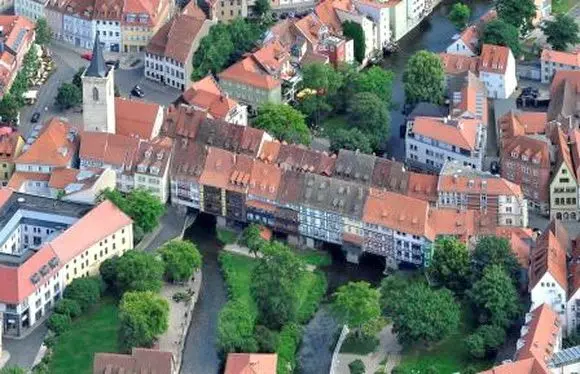
The Krämerbrücke is a bridge in the Thuringian city of Erfurt in Germany, it is covered with wooden buildings on both sides. It is unique in Europe north of the Alps. The footbridge spans the Breitstrom, a tributary of the Gera River, connecting Benediktsplatz and Wenigemarkt.
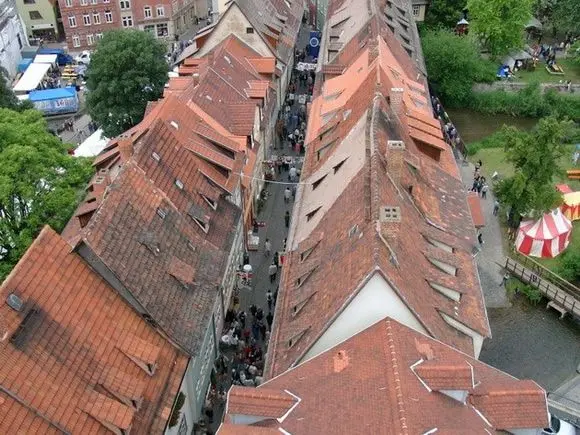
Nowadays you can find artisans and antique shops in the 32 houses on the Krämer Bridge. With the exception of houses with numbers 15, 20, 24 and 33, all houses are municipal property. The building has been and is a highlight for tourism and a must-see.
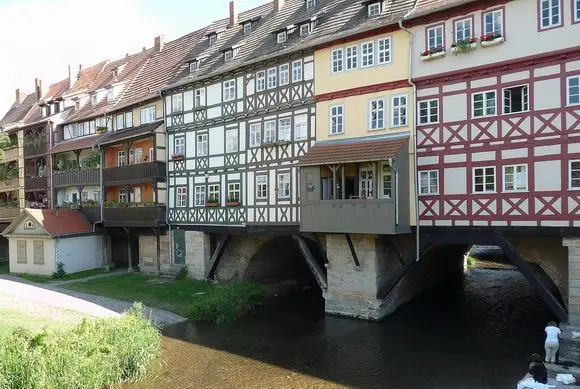
The municipal government maintains a foundation for the preservation of this unique historical monument, the Krämerbrücke Foundation. The festival of the city of Erfurt owes its name to the bridge: Krämerbrückenfest. It takes place all over the bridge and in the old town annually during the month of June.
3. Pont de Rohan, France.
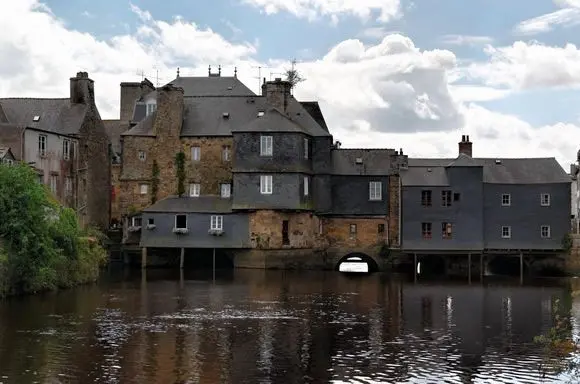
Pont de Rohan is an inhabited bridge in Landerneau in northwestern France. This bridge crosses the Elorn River. From 1336, when it was built, it was restored in 1510 by John II of Rohan (a 15th-century nobleman). It originally contained two shops, a mill and a prison.
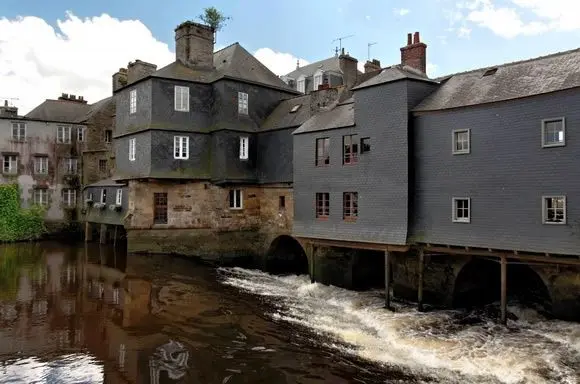
Today Pont de Rohan contains two lines of houses on either side, and represents a must-see point of Landerneau.
4. Covered Bridge, Bulgaria.
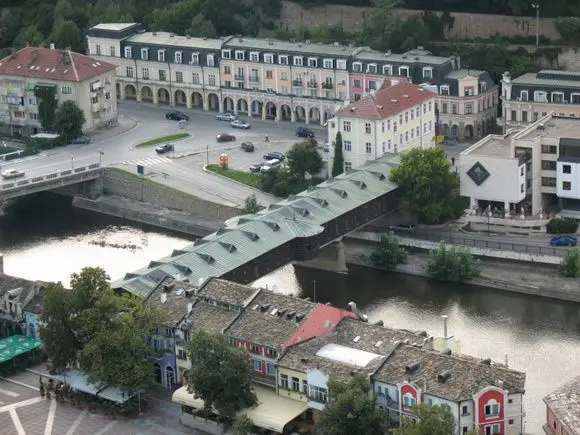
The covered bridge is, as the name suggests, a covered bridge in the town of Lovech, Bulgaria. The bridge crosses the Osam River, which connects parts of the old and new village of Lovech, and is arguably the most recognizable symbol of the city.
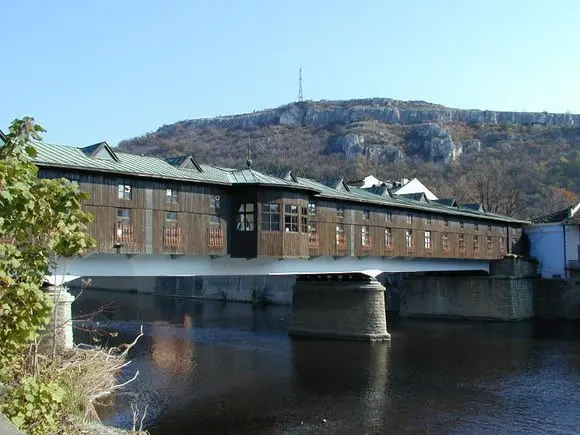
After the bridge was almost completely destroyed by a flood in 1872, the local police chief ordered the famous Bulgarian master builder Kolyu Ficheto to build a new one. Ficheto personally chose the material for the wooden bridge. Every citizen of Lovech helped the construction process, the poorest with jobs and the luckiest with money. Construction was completed in 1874.
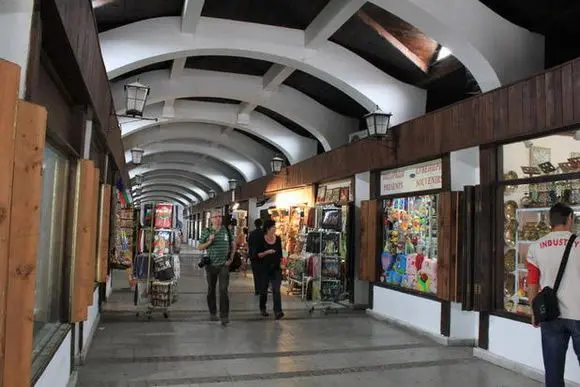
The initial bridge was 84 m long with 6 ventilation holes and housed 64 tents. It was, however, totally destroyed by fire on the night of 3 August 1925. A more modern bridge was built in its place in 1931 to be replaced by a reconstruction of the Kolyu Ficheto design in 1981-1982. The current bridge is 106 m long and has 14 shops, it was designed by Zlatev.
5. Pont des Marchands, France.
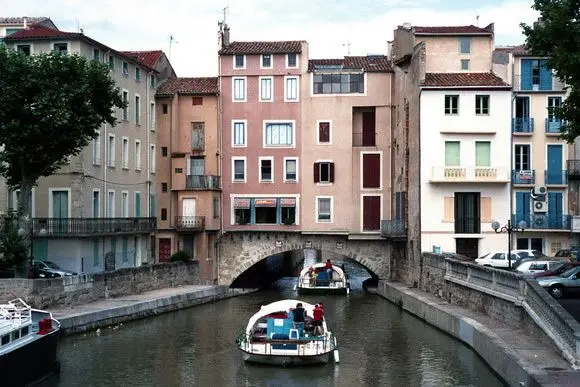
The Pont des Marchands is a historic bridge in Narbonne, southern France. It serves as the base for a row of houses and shops under which is located the Canal de la Robine that runs through the old city.
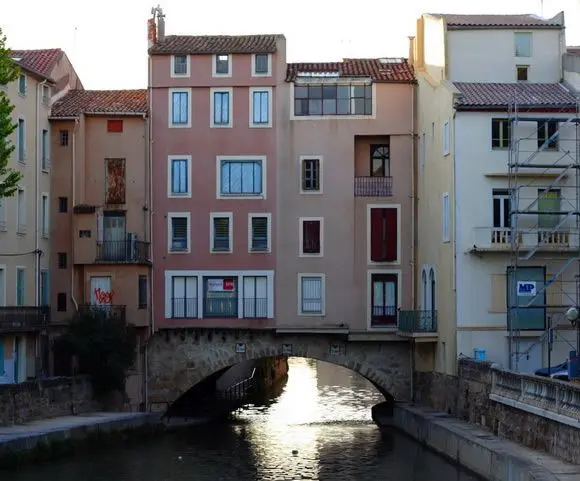
Its recessed arch has a wingspan of 15 m. In Roman times the structure had up to six arches.
6. Pulteney Bridge, UK
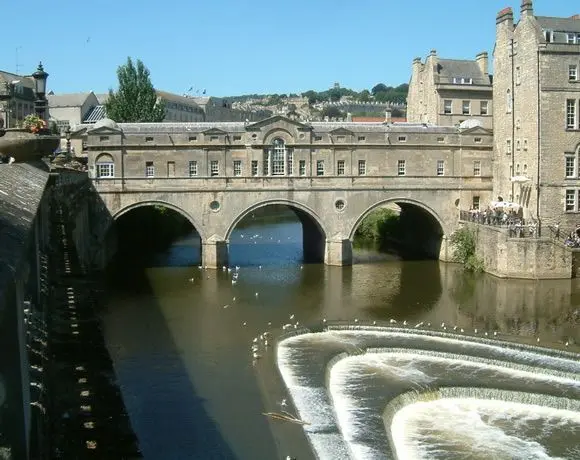
Pulteney is a bridge across the River Avon in Bath, England. It was completed in 1773 and was declared a Grade I English Heritage.
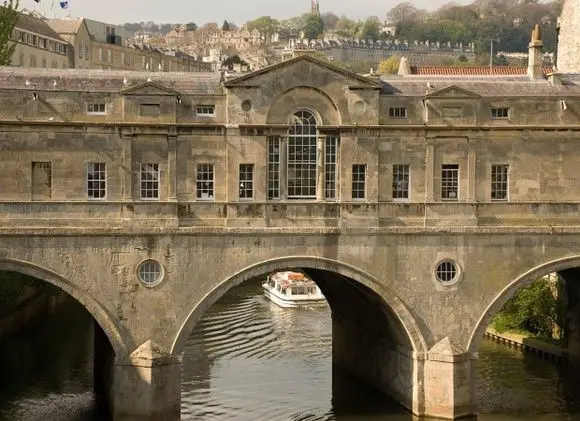
The bridge was designed by Robert Adam, whose drawings of the work are preserved in the Sir John Soane Museum, and is one of only four bridges in the world, with shops all along and on both sides. Shops on the bridge include a florist, antique shop, and a juice bar.



Comments